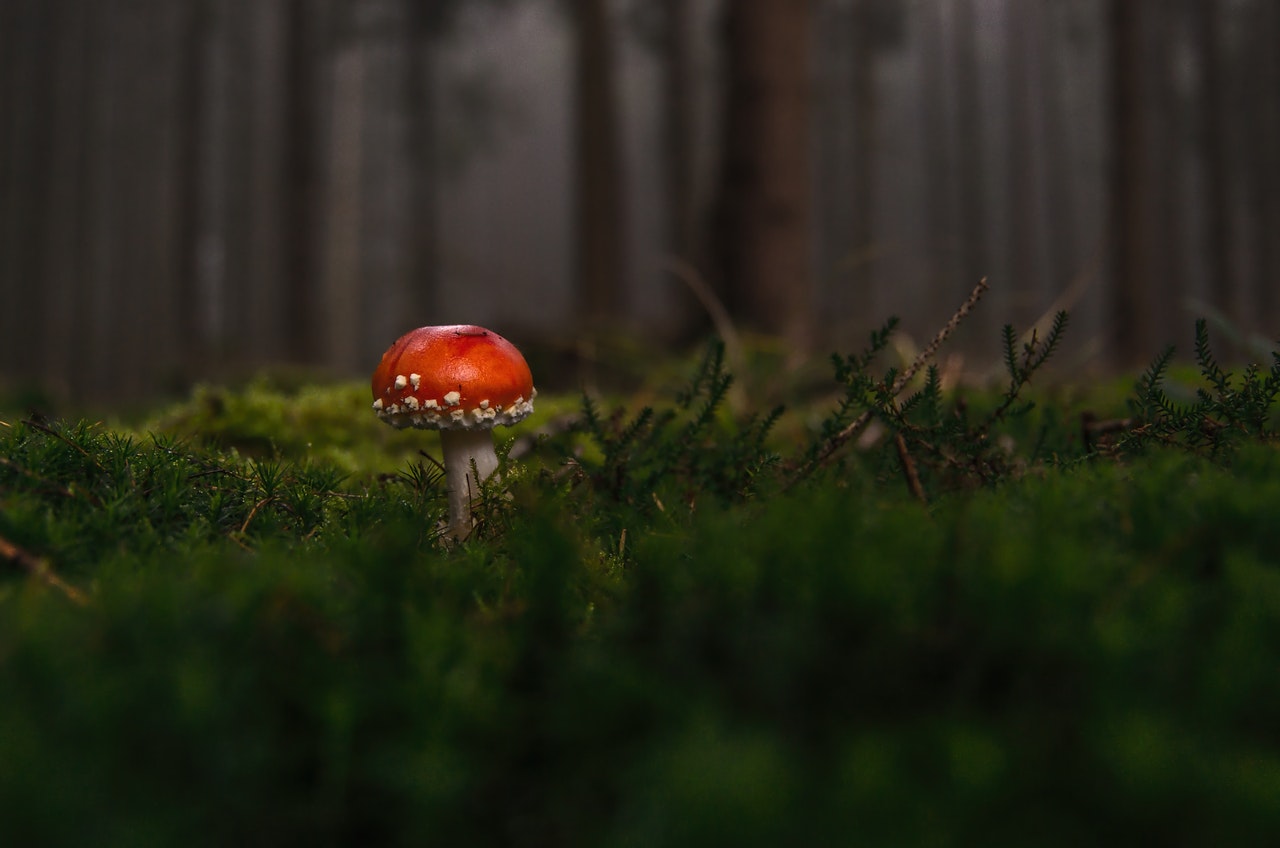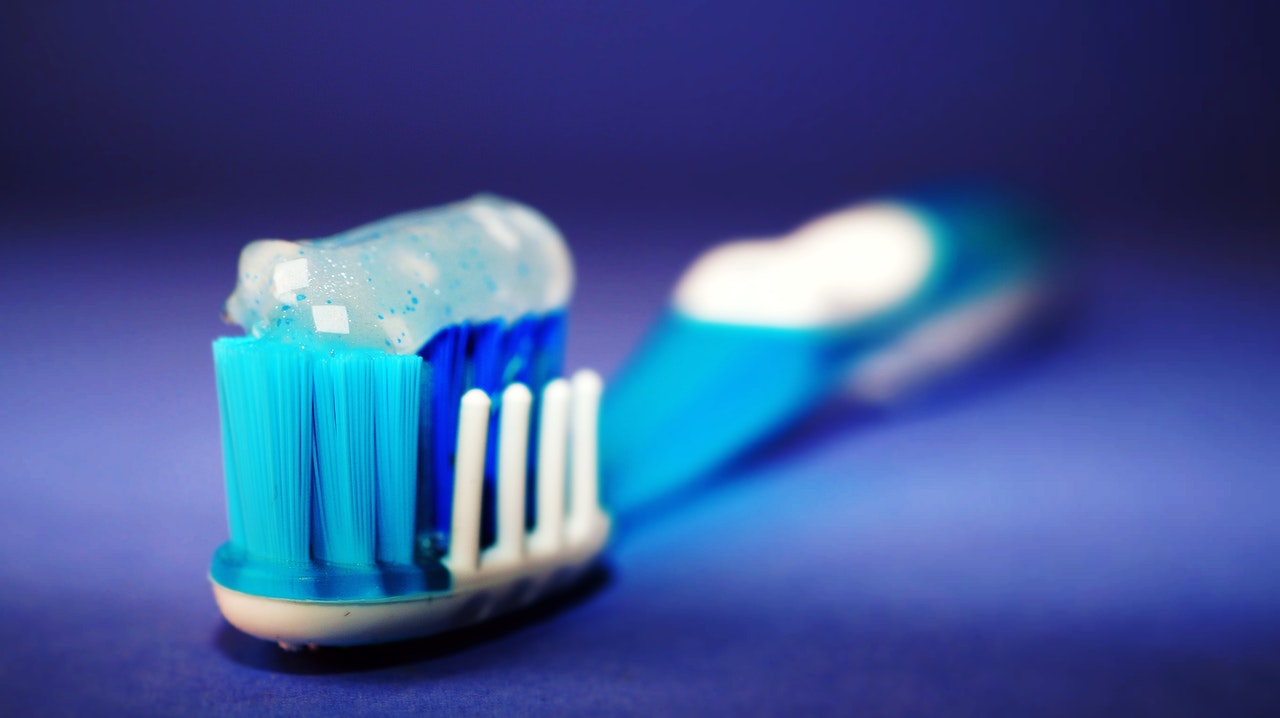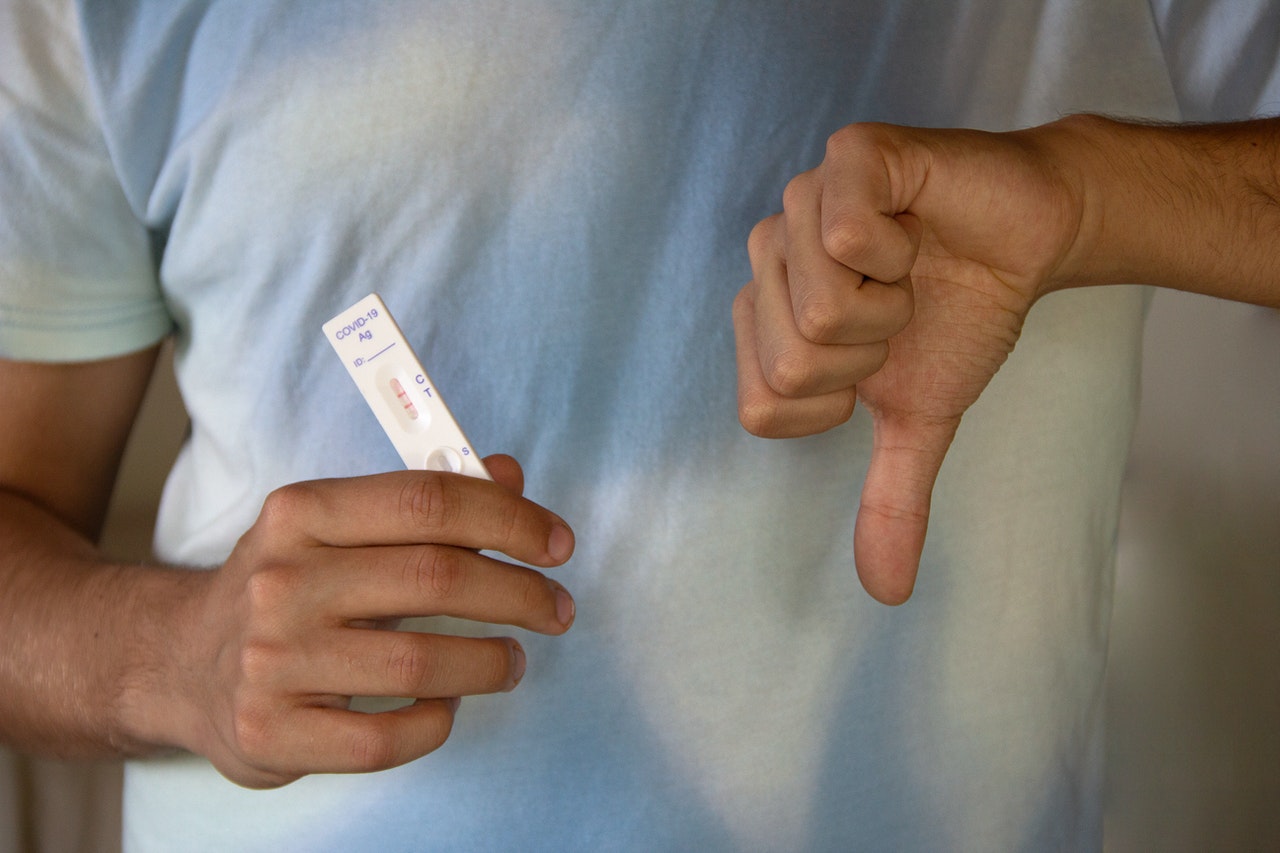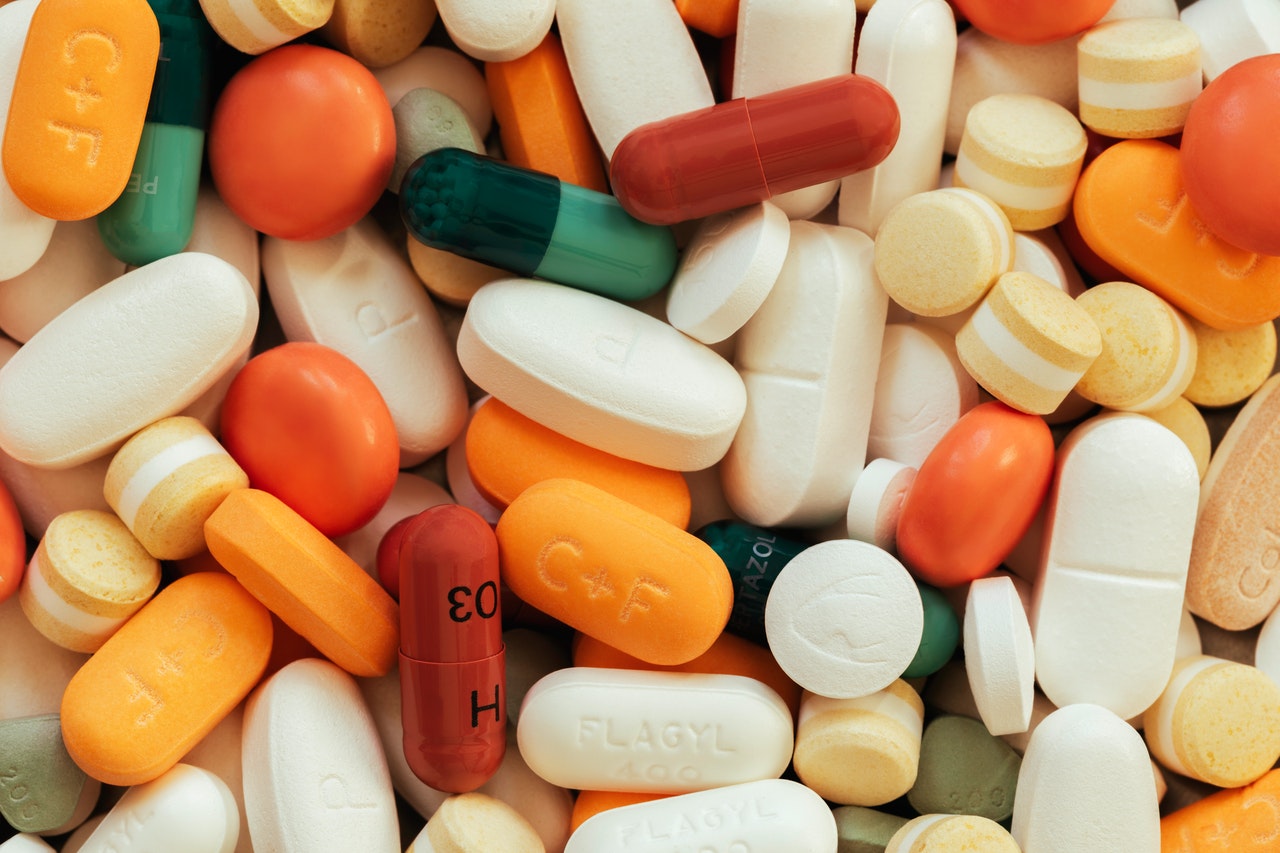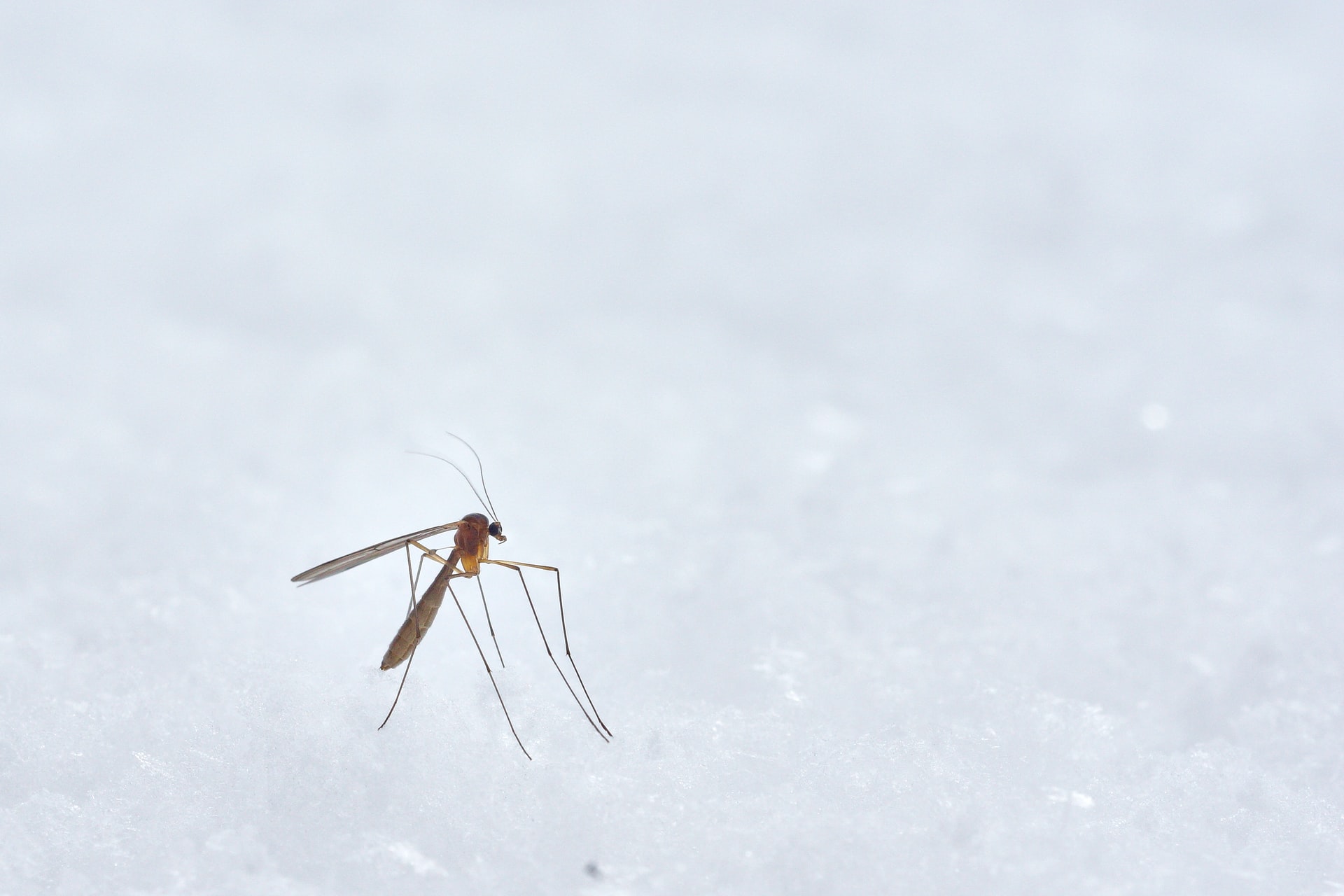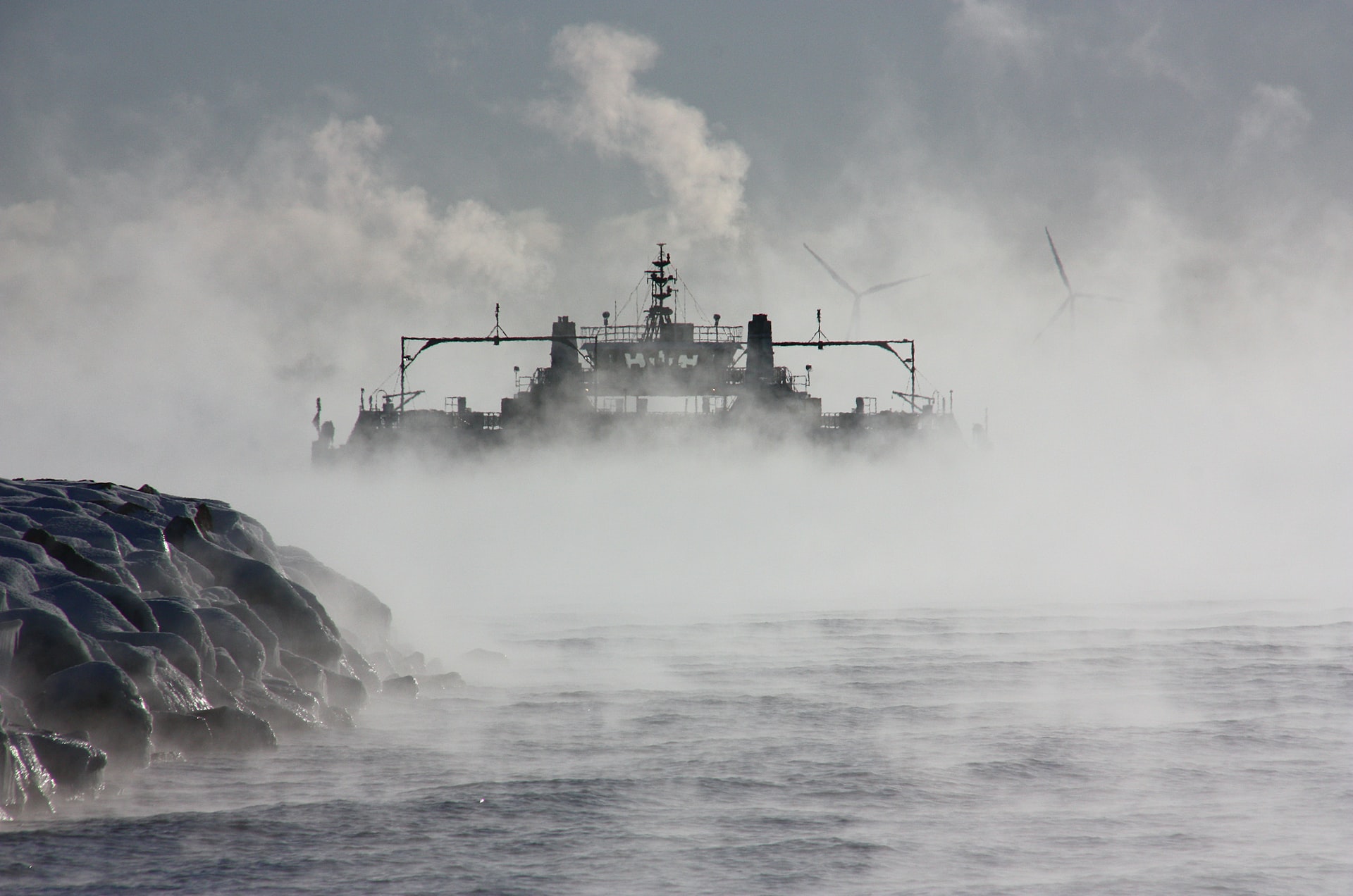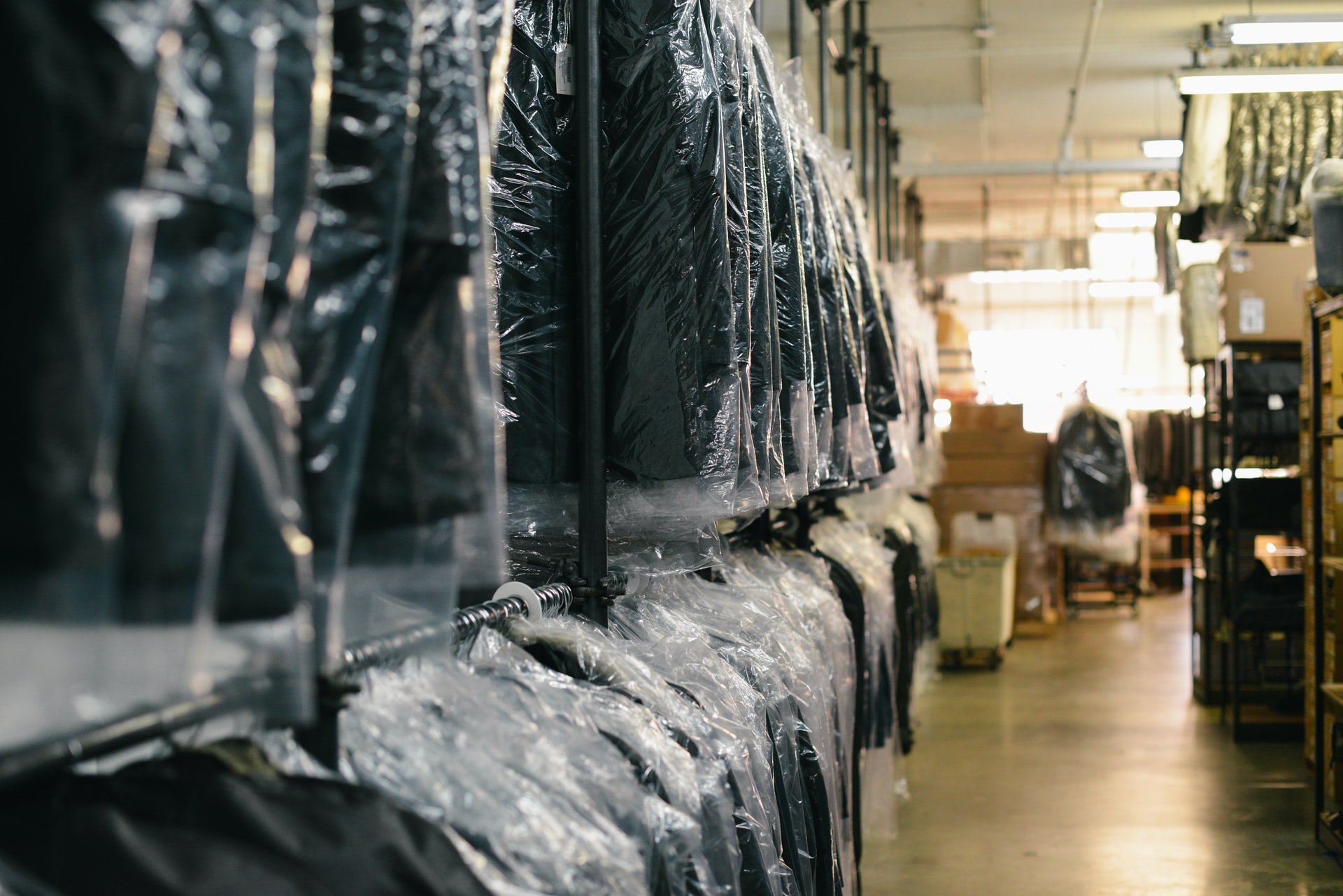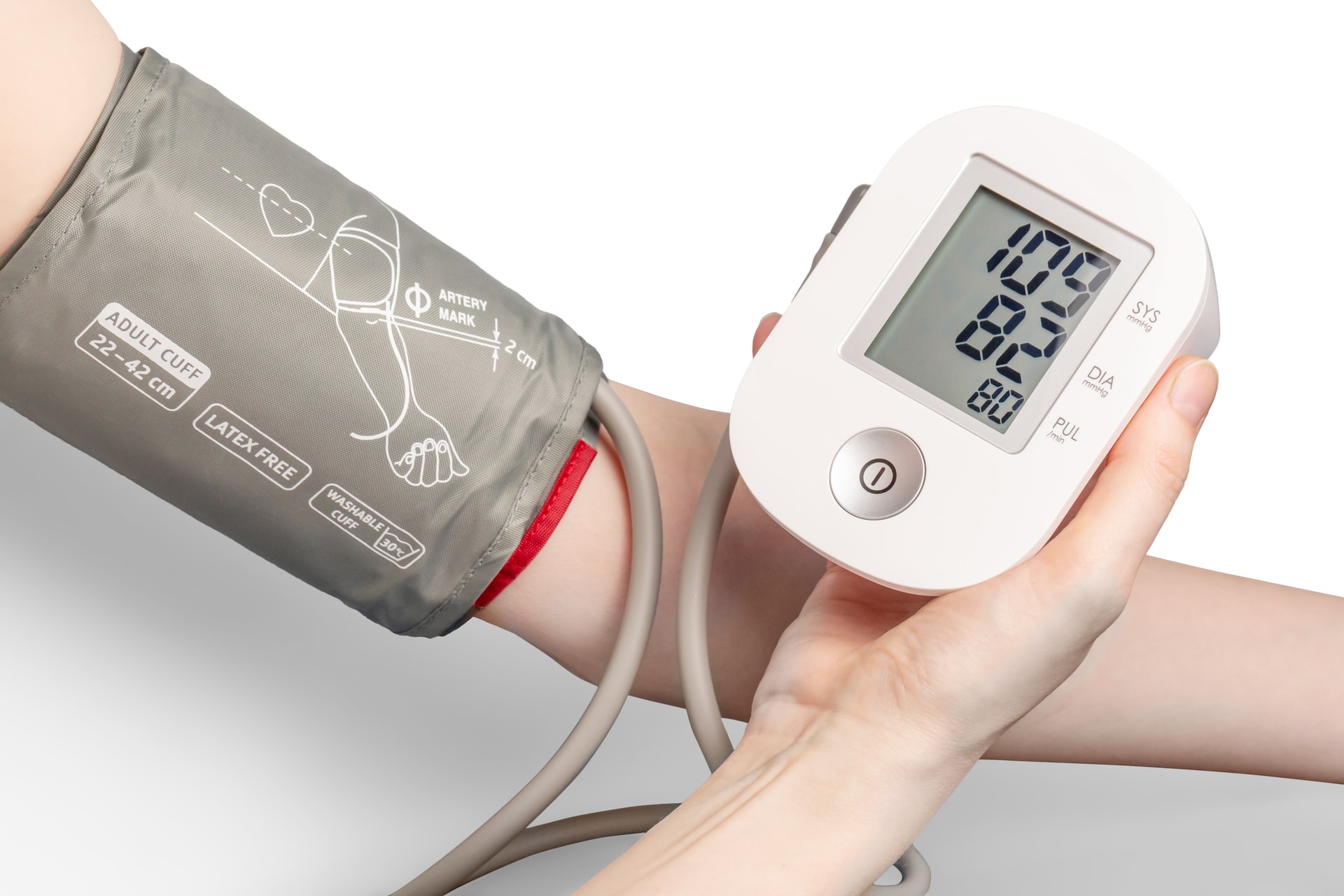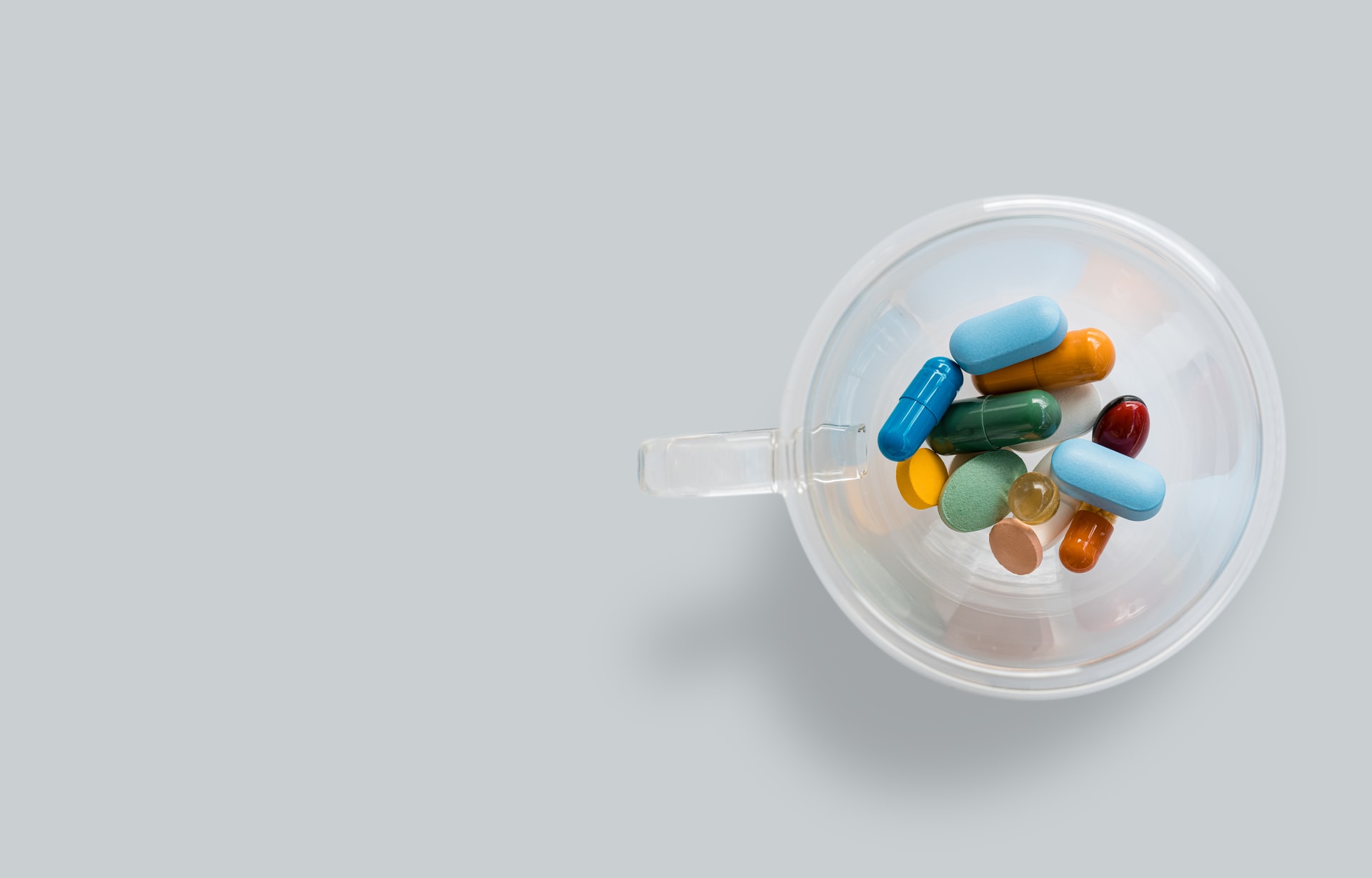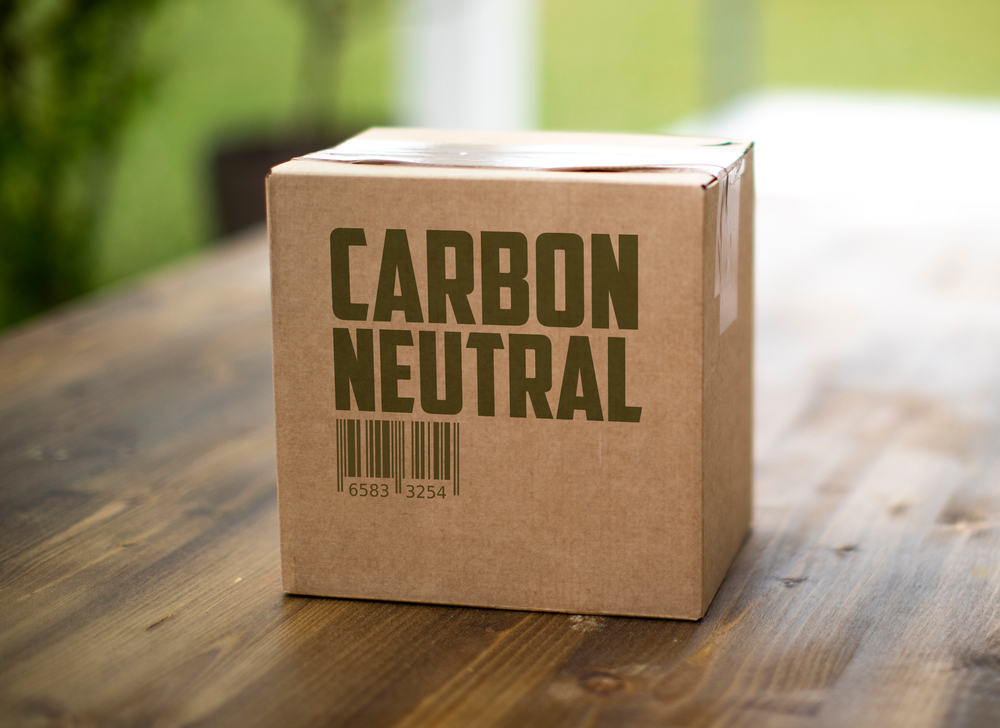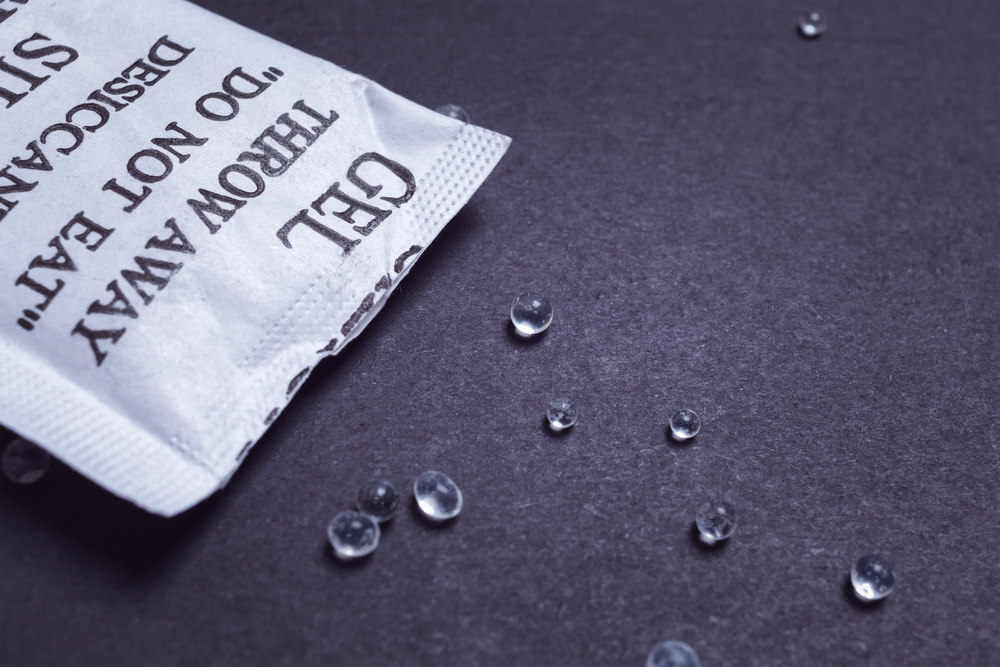Reading Time: < 1 minutes
- Urine is water and various wastes dissolved in it.
- One of the waste materials is salt compounds (material formed by chemically bonding two or more chemical elements)
- And the chemical elements found in the urine compounds are calcium, potassium, sodium, oxalate, uric acid, phosphate, etc.
- If these particles get too high or water levels get too low, these compounds can come together and crystallise.
- If the problem is not addressed (e.g., by consistently drinking large amounts of water), the crystals would continue to grow.
- Over time, the crystals can become big enough to make a visible stone.
- These visible stones can range from a few millimetres to a few centimetres (the biggest kidney stone ever found is 17cm in diameter).
- Over 80% of kidney stones are calcium oxalate, i.e., made by coming together of calcium and oxalate compounds.
- For people prone to kidney stones, doctors advise limiting foods rich in oxalate (e.g. potato chips, spinach, beet, etc.)
- On the other hand, increasing the calcium intake can help as it binds with oxalate in the digestive tract before oxalate can reach the kidneys.
- The crystallisation of compounds to make kidney stones can also happen because of certain medications and bacterial infections.
- Several kidney stone treatments are available today.
- Depending upon the size, the doctor may recommend medications (for up to 5 mm), sound wave treatment (5mm to 10mm), or invasive treatment (bigger stones).
Image courtesy of Kindel Media through Pexels
Reference shelf :



